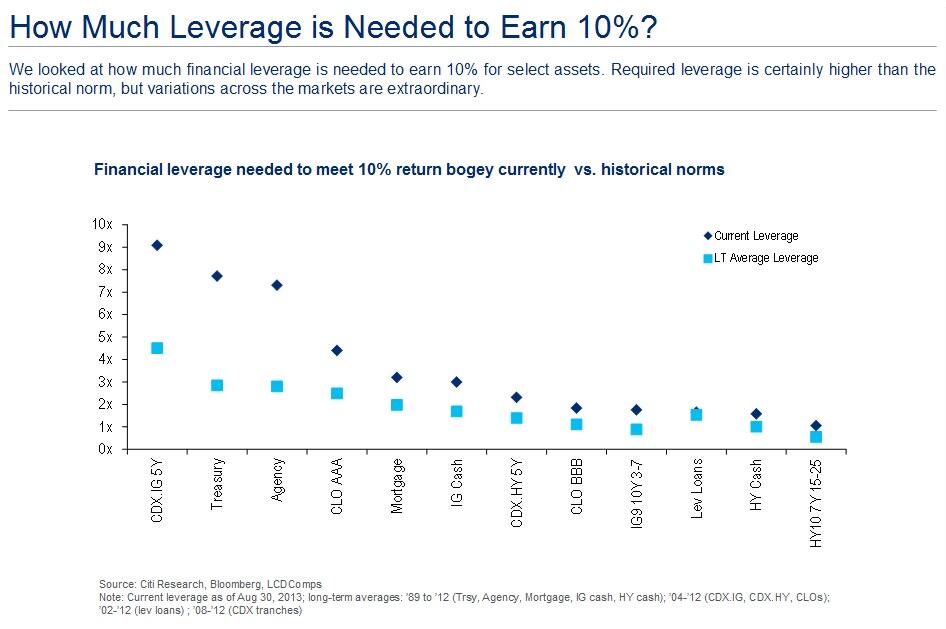
From the Boston Globe:
Do the math? Only if I agree with it!
It’s comforting, in these polarized times, to blame the idiots. Our failure to come together on issues like health care and gun control, climate change and economic policy, isn’t our fault, we like to tell ourselves. It’s a result of the talk-radio blowhards, the cable TV know-nothings, and the blind partisans—on the left and right—too dumb to look at the data and do the math.
But now new research is suggesting something different. The problem is not people who can’t do the math. The problem is the ones who can.
In a new working paper, Yale Law School’s Dan Kahan and three other researchers make the case that those more skilled at math are less likely to come to the correct conclusion on controversial matters—even when the numbers to support that conclusion are clear, empirical, and staring them in the face.
In the study, conducted this past spring, over 1,100 participants were asked to use numbers to assess whether a particular intervention had worked—either a skin rash treatment or a gun ban. In assessing the rash treatment, which had no political implications, those with lower “numeracy,” or math skills, were, as you might guess, far less successful than their “high-numerate” peers: They were likely to get the question right about one-third of the time, compared to two-thirds of the time for the group with better math skills.
But the question about the gun ban revealed something that Kahan called “shocking and really disturbing.” When doing the math yielded an answer that contradicted a participant’s politics, the high-numerates were about as likely to get it wrong as their low-numerate counterparts.
 High-numerate conservative Republicans were far more likely to come
to the right, data-based conclusion in the gun ban question if they had
been told that crime increased—a result that squares with their
ideology.
High-numerate conservative Republicans were far more likely to come
to the right, data-based conclusion in the gun ban question if they had
been told that crime increased—a result that squares with their
ideology.High-numerate liberal Democrats were far more likely to get it right if crime decreased. Perhaps most troubling, Kahan found, the numerate people were more polarized than those who struggled with the math: They were 45 percentage points more likely to get the right answer if the data backed up their views than if it didn’t. Low-numerate people, by comparison, were far less polarized.
“This study suggests that they’re using their greater numeracy in a kind of strategic, opportunistic way,” said Kahan, a professor of law and psychology. “They’re using their better ability to make sense of the evidence in a way that gratifies their state and fits their ideology.”...MORE
